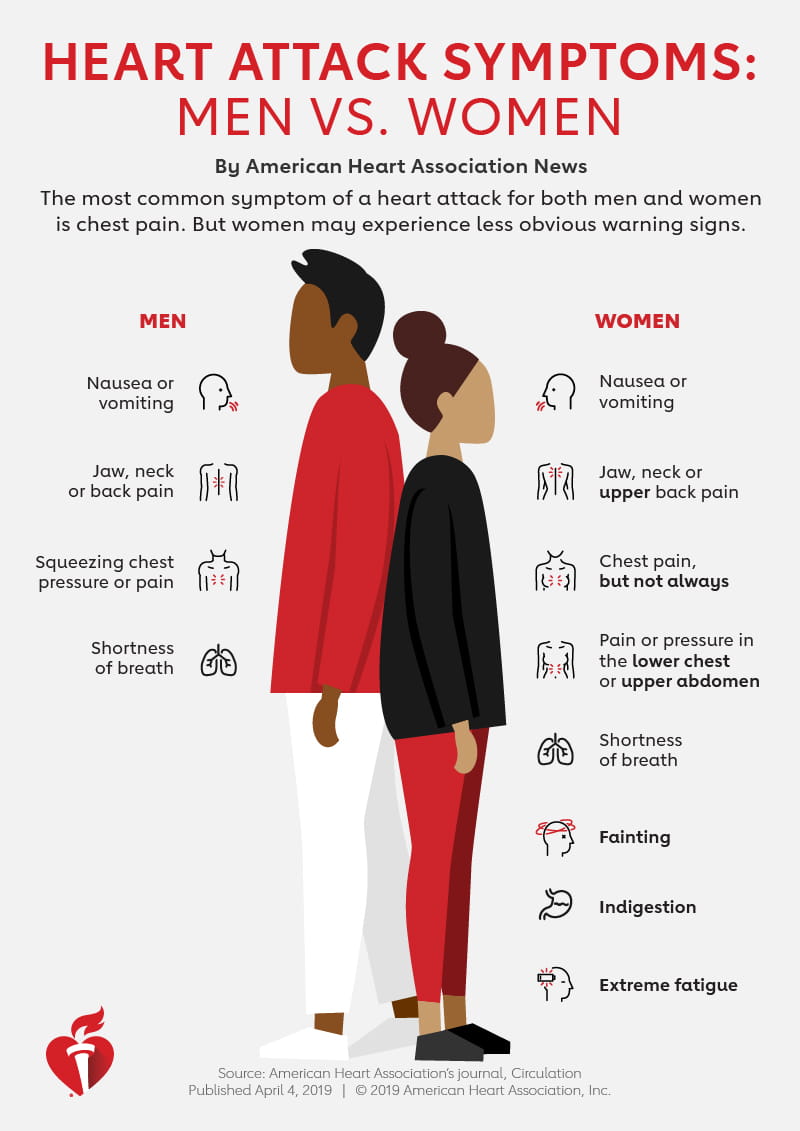The Healthy Heart Lifestyle
There are many secrets to living a long life, and a healthy heart is one of the key factors. The heart is the life-giver of the body. It works tirelessly to supply the entire body with oxygen through blood vessels.
Taking care of your heart should be one of your top priorities in life. Many things require your attention, and some could even be put off until later in life, however, the heart should be taken care of from the get-go.
Heart Disease
:max_bytes(150000):strip_icc():format(webp)/overview-of-heart-disease-4160961_final-152f46073f2242999b771e409973825b.png)
One of the most prevalent diseases in today’s society is heart disease. Everyone knows someone whose family has a history of it running in their bloodline. Heart disease, also known as ‘cardiovascular disease,’ can be one of many things. People tend to think that the term only pertains to heart attacks or strokes, however, the list of heart diseases is quite long.
Like every other muscle in the body, the heart also requires blood to perform its daily, never-ending duty of task of supplying the rest of the body with life-sustaining blood. While the heart pumps blood to every other muscle of the human body, it also pumps blood to itself via the coronary arteries.
Smoking, poorly controlled hypertension, and diabetes are the leading contributors to cardiovascular diseases. These factors contribute to and are the primary causes of inflammation and irritation of the inner walls of the coronary arteries. As a result, cholesterol is collected and causes a buildup over time within these inflamed areas.
Heart Attack

As the abovementioned buildup of plaque grows, the diameter of the artery becomes more narrow. If the artery narrows by up to 50%, it can decrease blood flow to the point of potentially causing angina.
In other instances, if the plaque ruptures or breaks open, it can block the artery completely. If this happens, oxygen-rich blood is blocked off from reaching the heart beyond that point. This causes a part of the heart muscle to die. This is commonly known as myocardial infarction or heart attack.
Coronary Artery Disease

In the U.S., the most common heart disease is coronary artery disease. The coronary arteries are responsible for supplying the heart muscle with blood. Coronary heart disease is when there is a buildup of cholesterol plaque within the artery walls. Over the course of time, the buildup of plaque could partially block the artery and decrease the blood flow going through.
As previously mentioned, a heart attack could occur when the plaque ruptures, hence causing a clot to block blood-flow completely.
Symptoms of A Heart Attack
Common heart attack symptoms to look out for:

Heart attack symptoms may vary from one individual to the next. So, not everyone will experience the symptoms at the same level of severity as another person would. Some people have severe pain, while others experience more mild pain.
Moreover, there are some people who don’t have any symptoms at all and still experience a sudden cardiac arrest.
When to See A Doctor

If you experience any of the abovementioned symptoms, it’s best that you see your doctor as soon as possible. However, if you suspect that you’re having a heart attack, call emergency services immediately. Alternatively, have someone drive you to hospital, and only drive yourself if there are no other options.
Lifestyle Changes to Prevent Heart Disease

A lifestyle change is a decision that needs to be taken seriously. It’s important that an individual fully commits to the decision they make. An accountability partner could also make things easier by making sure that one sticks to their commitment and sees it through. With that being said, here are a few things to do in order to promote a healthy lifestyle.
1. Quit Smoking

If you’re a smoker and you have a family history of heart disease — quit smoking. In the U.S., smoking is one of the top contributors to deaths linked to heart disease.
Smoking might be an outlet for stress, a social ‘treat,’ or even an addiction. Either way, today’s a good day to quit it for good.
2. Get Into Exercising

A key to a healthy heart is exercise. Exercising can improve your heart’s strength and is an excellent stress reliever after a hard day’s work.
Exercise can have a positive influence on your cholesterol levels as well as decrease your blood pressure. It’s always best to see a medical professional before a personal trainer. However, once you have that green light from the physician, it’s best to ease yourself into a training regime rather than going all out right from day one.
It’s important to know your physical limits and work your way up. It is also important to know the difference between pain related to heart disease and pain related to exercise.
Also, starting with some light walking is a good way to get the ball in motion. Once you feel that your level of fitness has improved, doing resistance training would be the next step. Remember to get cleared by your doctor first!
3. Change Your Eating Habits

This point is, without a doubt, one of the most important ones with regard to health and wellbeing, especially for a healthy heart.
The importance of a good diet and nutritional intake cannot be stressed enough. If you want a healthy heart, you better ingest some healthy food! With proper nutritional awareness, you’re able to regulate your cholesterol levels, manage your blood pressure, and keep your bodyfat count in check.
There are a few steps that one could take with this approach:
a) Go see your GP for some general advice on nutrition and what they would recommend you do.
b) See a specialist such as a dietician who specializes in the field of heart disease.
c) Educate yourself through the available resources online as well as reading a few books on the topic. The more knowledge you’re able to gain, the better the results you’ll be able to obtain.
With that being said, the older you become, the more you will have to lower your sodium intake. Foods high in sodium often result in high blood pressure, which is a risk factor for a stroke and heart disease. A good starting point is to limit the amount of salt you consume to 1 teaspoon a day. This includes the salt in food that you consume.
In contrast, consuming potassium could lessen the effects that sodium has on the heart’s health. Consuming around 4700mg of potassium per day is a good starting point. Foods high in potassium are:
- Spinach – 419mg per half a cup.
- White potatoes – 738mg per small potato.
- Bananas – 442mg per medium banana.
- Orange juice – 496mg per 8-ounce glass.




